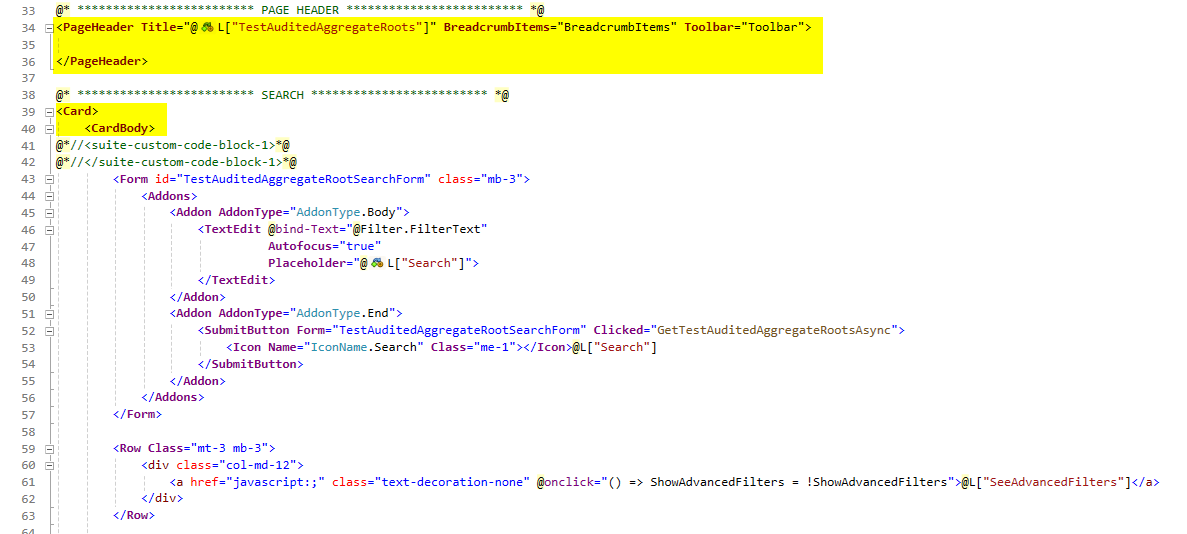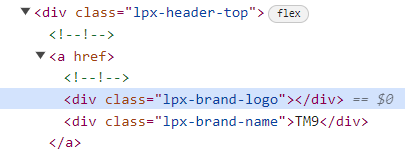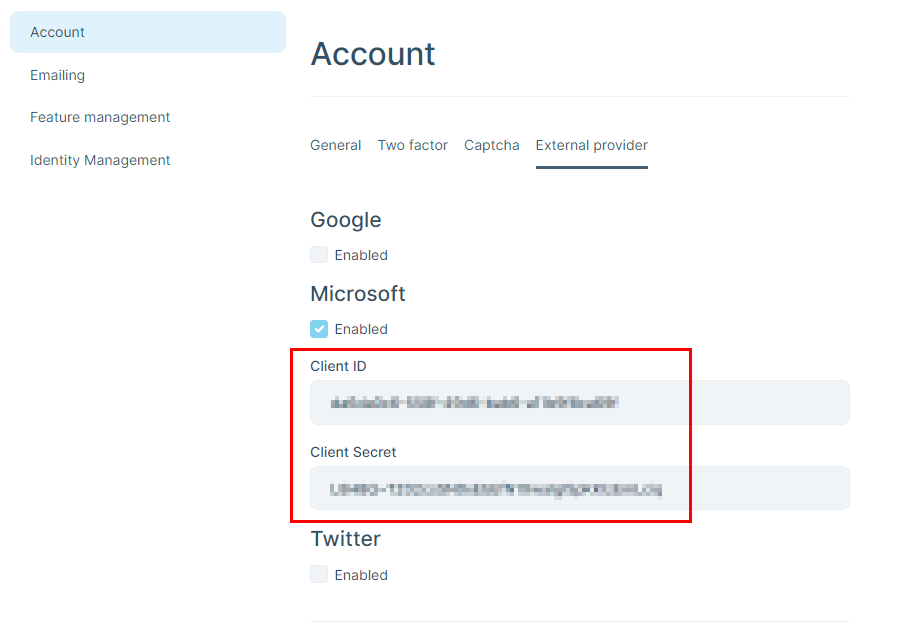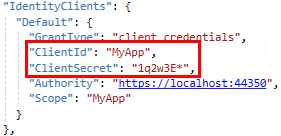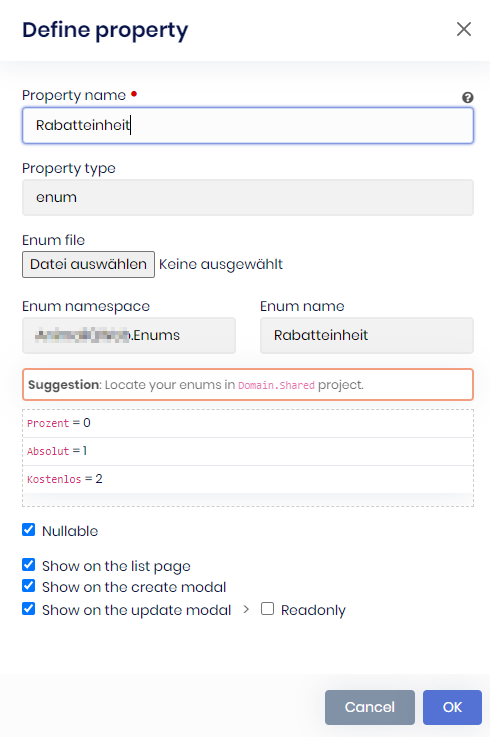Activities of "ageiter"
- ABP Framework version: v8.0.4
- UI Type: Blazor Server
- Database System: EF Core (SQL Server)
- Tiered (for MVC) or Auth Server Separated (for Angular): no
Our customer uses Microsoft Entra ID (Azure AD) as an external provider. A lifetime of 10 hours is configured in the conditional access policy. After 12 hours (or even longer), the page is reopened in the browser, but he does not have to authenticate again. One click on the Microsoft login button is enough and he is logged in. According to the setup in Entra, MFA would be required, but this query does not appear. He only had to do MFA the very first time he logged in.
We have been looking for the cause for a while now, but haven't found anything yet. What are we overlooking?
Second question on this topic: For logins with "local" ABP users (not via Microsoft Entra), we would like to configure that the user is automatically logged out after 15 minutes of inactivity.
I have set the following, but unfortunately this does not work:
PreConfigure<OpenIddictServerBuilder>(builder =>
{
builder.SetAccessTokenLifetime(TimeSpan.FromMinutes(15));
builder.SetIdentityTokenLifetime(TimeSpan.FromMinutes(15));
});
Thanks for help! Adrian
ABP Framework version: v8.0.4
UI Type: Blazor Server
Database System: EF Core (SQL Server)
Tiered (for MVC) or Auth Server Separated (for Angular): no
Steps to reproduce the issue: Create a page generated with ABP Suite and start it in a low-performance environment (in our case in combination with Redis) and sort the entries, for example.
In relation to Redis and the associated poorer performance, we have noticed a bug in the page generated with the ABP Suite. If the page is re-rendered with await InvokeAsync(StateHasChanged);, this can cause the toolbar buttons to flicker. This can only be seen if the performance is not optimal, so it was probably not noticed during development.
Since this is not the case with the admin pages, I have compared the code with that of the user list. I could see the difference as follows:
abp/modules/identity/src/Volo.Abp.Identity.Blazor/Pages/Identity/UserManagement.razor:
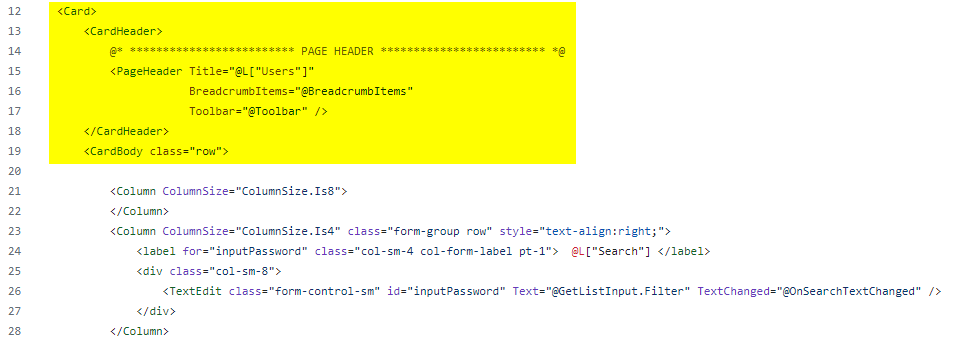
If I change it so that the PageHeader is in the CardHeader, then the problem is solved and the toolbar is not re-rendered every time.
I realize that this is not ideal, as the PageHeader does not belong to the Search-Card, but maybe you can find a better way to solve the problem.
Other question: Loading Spinner:
Can you also add the loading spinner to the DataGrid when you update this template? How can I add the same one that you are already using?

- ABP Framework version: v8.0.3
- UI Type: Blazor Server
- Database System: EF Core (SQL Server)
- Tiered (for MVC) or Auth Server Separated (for Angular): no
I have just updated two applications to version 8.0.3. Both use the LeptonX theme with the TopMenu layout. Unfortunately, the logo is no longer displayed after logging in (only the app name).
Please fix this or at least create a way to display the logo again.
I haven't found anything in the release notes about the reasons why this was removed... It's just a bit tedious when you get such surprises after every update and have to invest a lot of time in fixing it.
Regards, Adrian
- ABP Framework version: v8.0.2
- UI Type: Blazor Server
- Database System: EF Core (SQL Server)
- Tiered (for MVC) or Auth Server Separated (for Angular): no
We have a customer who has high security requirements. User authentication runs via Microsoft (AzureAD / Entra). We have configured the external Microsoft provider, which works well.
However, the problem is that the customer does not accept that the ClientId & ClientSecret are stored in plain text in the database. The option of storing this information in appsettings.json is of course even worse and therefore not an alternative.
What options would I have to store this information securely?
Of course, it would also be great if you could implement this in a future version so that the information is stored in the AbpSettings in encrypted way, for example. But until then, I need another solution as quickly as possible.
A similar question concerns the credentials of a client that accesses via the HTTP API. As background info: The client runs as a Windows service. Here ClientId & ClientSecret are currently in the appsettings.json file.
I know that there are various approaches to solving this. I would be interested to know which you think is the best option so that even an admin user with access to this file cannot read this information?
Thanks, Adrian
- ABP Framework version: v8.0.2
- UI Type: Blazor Server
- Database System: EF Core (SQL Server)
Steps to reproduce the issue:
Create a new Blazor Server project (with ABP Suite), set the TopMenu layout and start it.
Log in and click on the dashboard.
-> Breadcrumbs & title missing
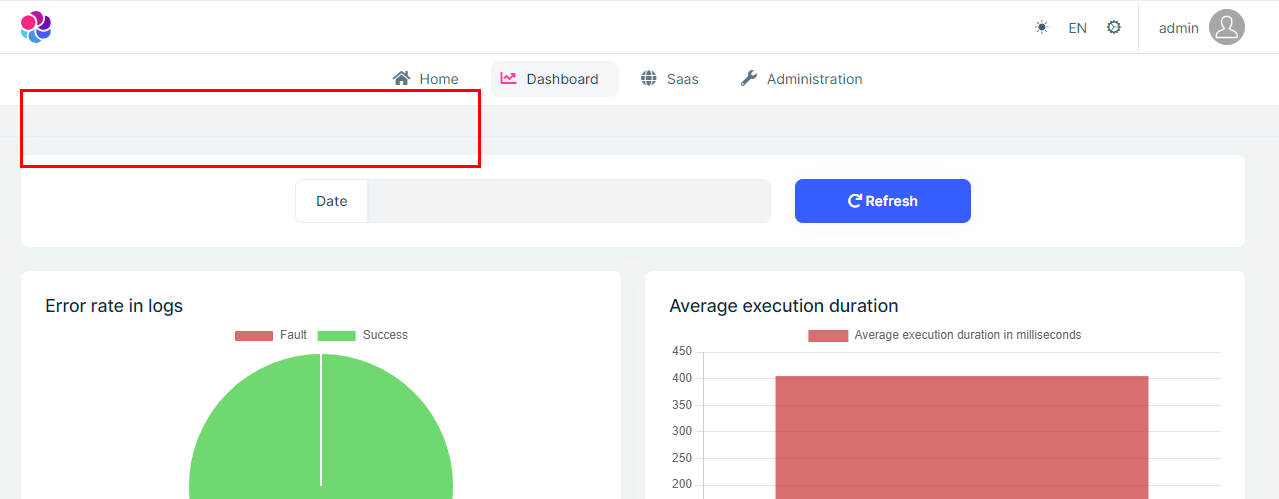
Select refresh (or reload page with F5)
-> Now it looks correct
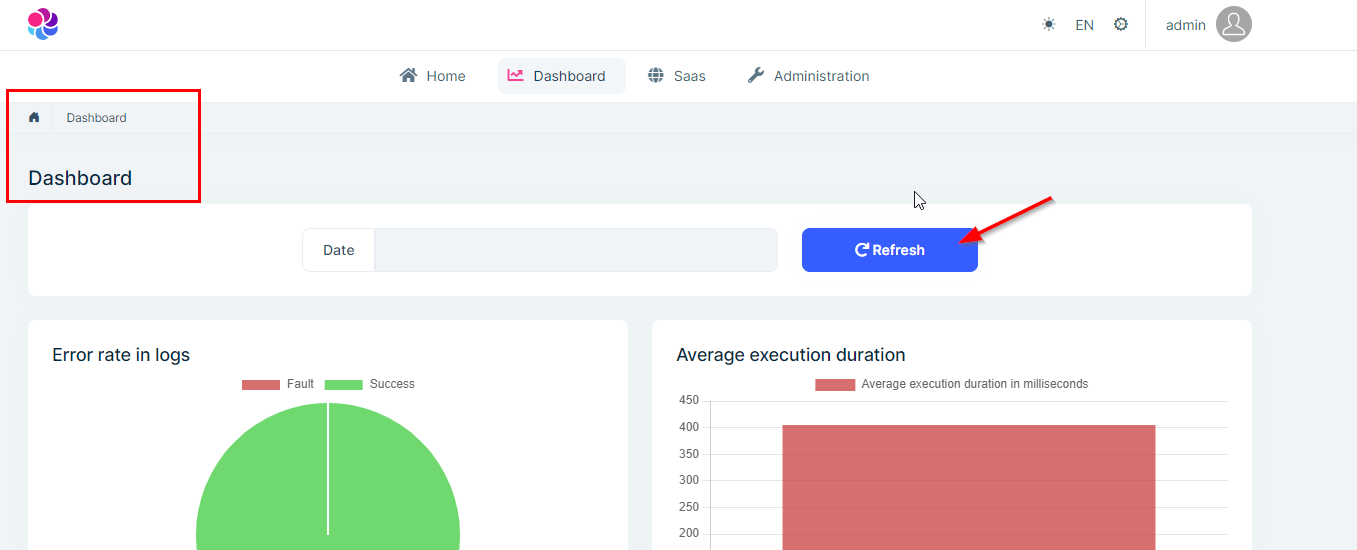
Workaround for this problem:
- You can either call a service method (e.g.
await MyAppService.GetListAsync()) - Or add the following:
protected override async Task OnAfterRenderAsync(bool firstRender)
{
await base.OnAfterRenderAsync(firstRender);
if (firstRender)
{
await InvokeAsync(StateHasChanged);
}
}
The problem has been known for a long time, but unfortunately it has never been fixed... #4551
Thanks for fixing it. Adrian
- ABP Framework version: v8.0.2
- UI Type: Blazor Server
- Database System: EF Core (SQL Server)
- Tiered (for MVC) or Auth Server Separated (for Angular): no
In the LeptonX demo you present 3 different account pages. I would like to use the "Login 3" layout for the login. How do I have to configure the application so that this is applied?
I know I read about this somewhere, but I can't find it anymore... I have searched the documentation, blogs, forum, Discord, etc. for a long time now... But it is in the demo, so it must work somehow. But how?
I'm not talking about how to create a custom layout, I know that and I can find plenty of explanations. It's about how I choose one of the 3 LeptonX layouts.
Thanks, Adrian
- ABP Framework version: v8.0.1
- UI Type: Blazor Server
- Database System: EF Core (SQL Server)
- Tiered (for MVC) or Auth Server Separated (for Angular): no
We have already made several ABP applications with Blazor Server (without Redis Cache). But never with the "Public Website" so far. Now we would like to integrate it and were surprised that the Redis cache is necessary here. We do not have a distributed / tiered application.
I know that this is a prerequisite for the CRM module.
I would be interested to know why the cache is absolutely necessary? What are the reasons for this? Does it have to do with the fact that the Blazor app and the public website share certain things?
I also have the question of how large the cache needs to be if I host the application on Azure... that costs extra money again...
Thanks, Adrian
- ABP Framework version: v8.0.1
- UI Type: Blazor Server
- Database System: EF Core (SQL Server)
Steps to reproduce the issue:
1. Create a master entity in the Abp Suite
2. Generate the master (without "Add migration" - I only want to do this once I have generated all the entities correctly)
3. Create a child entity with the above master as parent
4. Generate the child -> ends with error due to DB migration
5. Compile the solution -> ends with error in DataGrid, see below
1. Problem:
If the child entity contains properties that require a DisplayTemplate in the DataGrid (e.g. bool or DateTime), this leads to the following error when compiling:
RZ9999 The child content element 'DisplayTemplate' of component 'DataGridColumn' uses the same parameter name ('context') as enclosing child content element 'DetailRowTemplate' of component 'DataGrid'. Specify the parameter name like:
'<DisplayTemplate Context="another_name">to resolve the ambiguity
I can solve this by writing something like <DisplayTemplate Context="option_context"> (you already do this with the actions, for example), but it is then overwritten every time I have to regenerate the entity.
2. Problem:
With the child, there is no option to deactivate the DB migration. If you don't want this for the master, then you don't want it for the child either. In addition, because of the above error, it naturally means that a migration can never be created because of the error in the DataGrid.
Thanks for fixing and refunding it.
Adrian
- ABP Framework version: v8.0.1
- UI Type: Blazor Server
- Database System: EF Core (SQL Server)
Steps to reproduce the issue:
1. Create an entity in the Abp Suite
2. Add property of type Enum
3. Select enum from **another namespace** (sometimes necessary if you want to use an enum for different entities)
4. Select **Nullable**
5. Generate entity and compile solution
1. Problem:
The using for the namespace "MyProject.Enums" is missing in the razor file:

2. Problem:
Because the enum is optional, it must be checked for null:

Thanks for fixing it :-)
Adrian
- ABP Framework version: v7.4.0
- UI Type: Blazor Server
- Database System: EF Core (SQL Server)
- Tiered (for MVC) or Auth Server Separated (for Angular): no
Exception message and full stack trace:
System.Security.Authentication.AuthenticationException: The remote certificate is invalid according to the validation procedure: RemoteCertificateNameMismatch
Details:
We use Microsoft Azure as an external login provider. On my development system, everything works fine with the Microsoft login (with another Microsoft Entra ID instance).
When I wanted to install this on our customer's test system and tested the connection to their Entra ID, the authentication could be performed, but the above error occurred during the callback.
The customer, a large company with various security systems, then looked in the firewall and noticed that the callback from Microsoft had landed in their honeypot. He thinks that the reason is probably that the request from our application did not go through the proxy (although this is configured system-wide on the server).
Could this have something to do with the proxy and can I set it explicitly in the application? Or does it have to do with something completely different?
